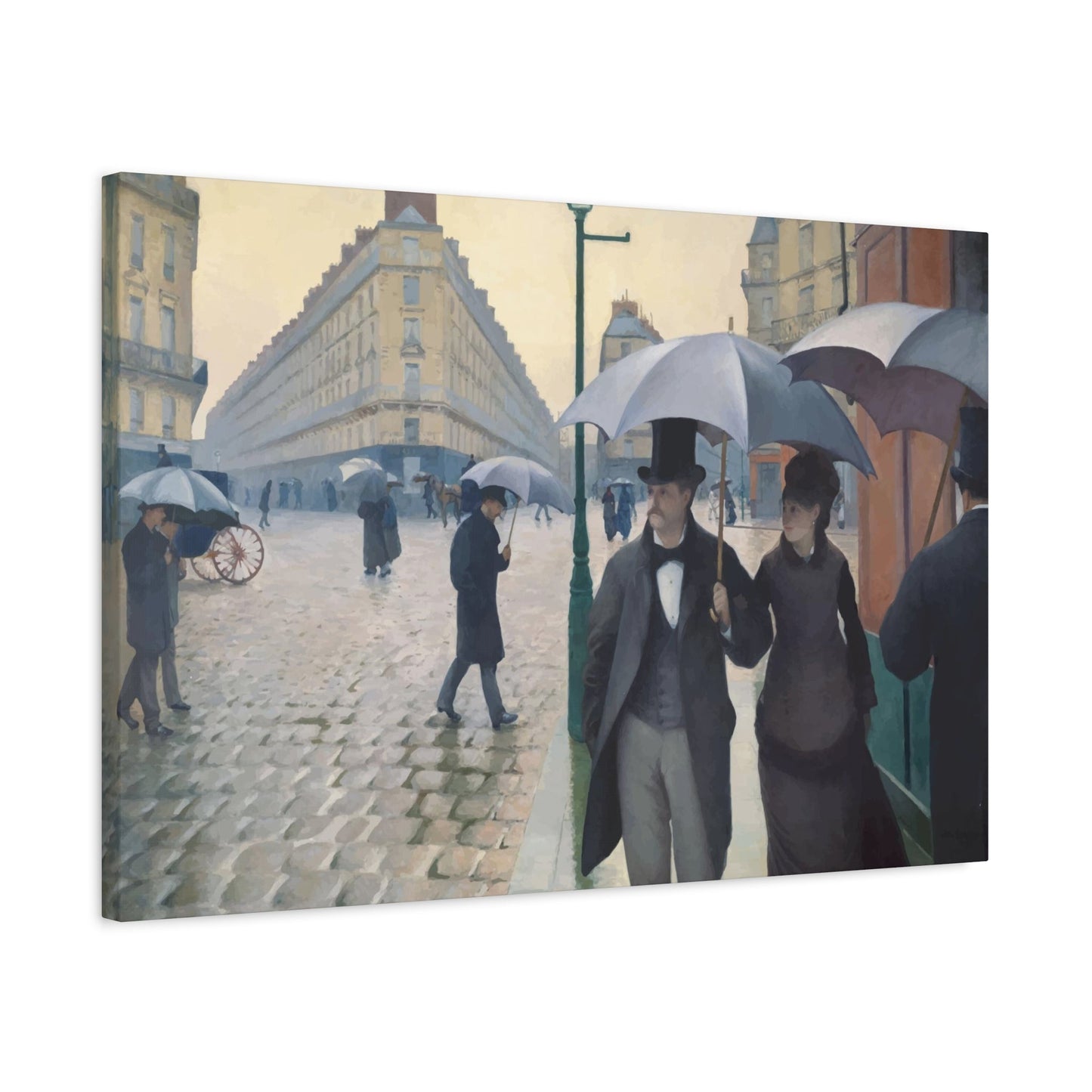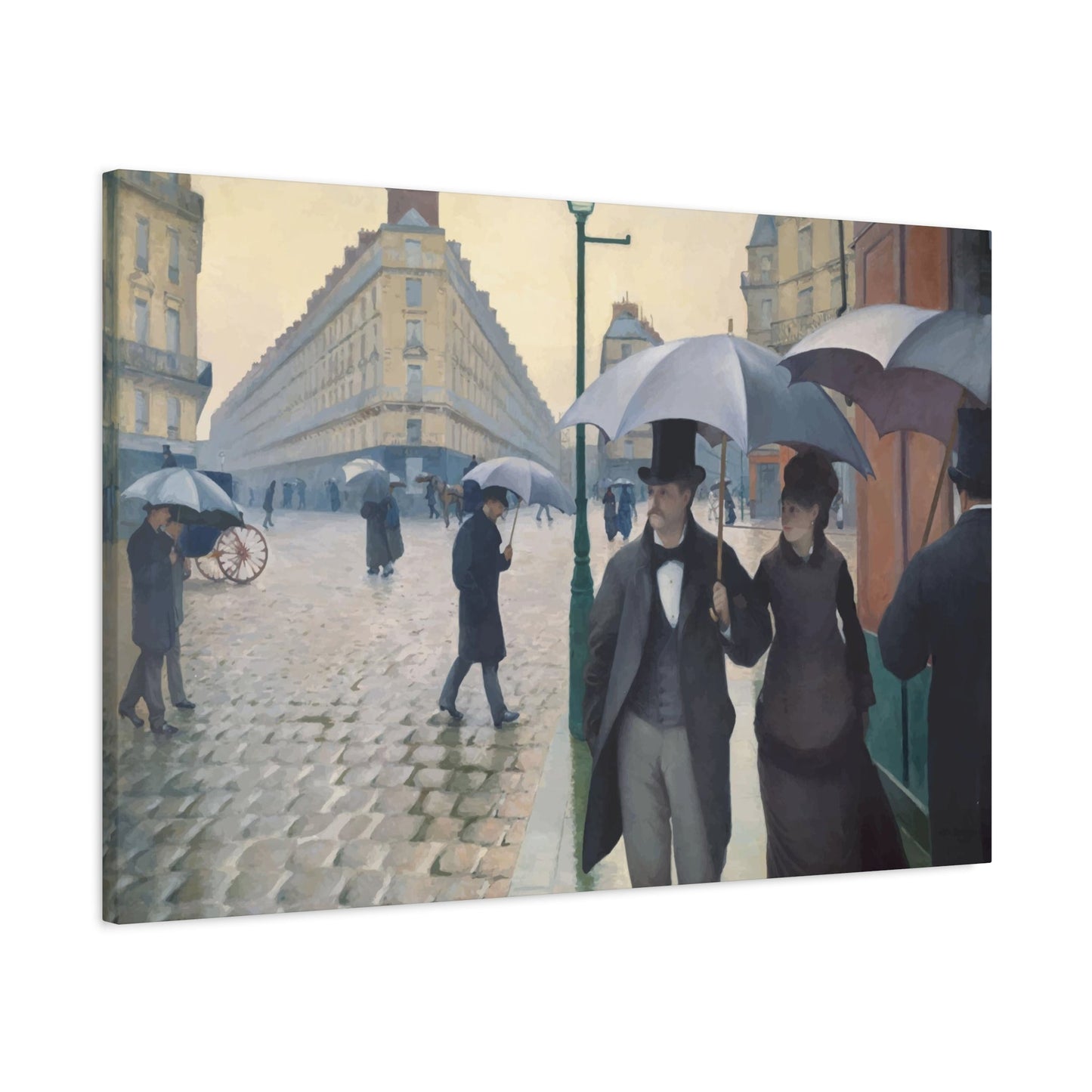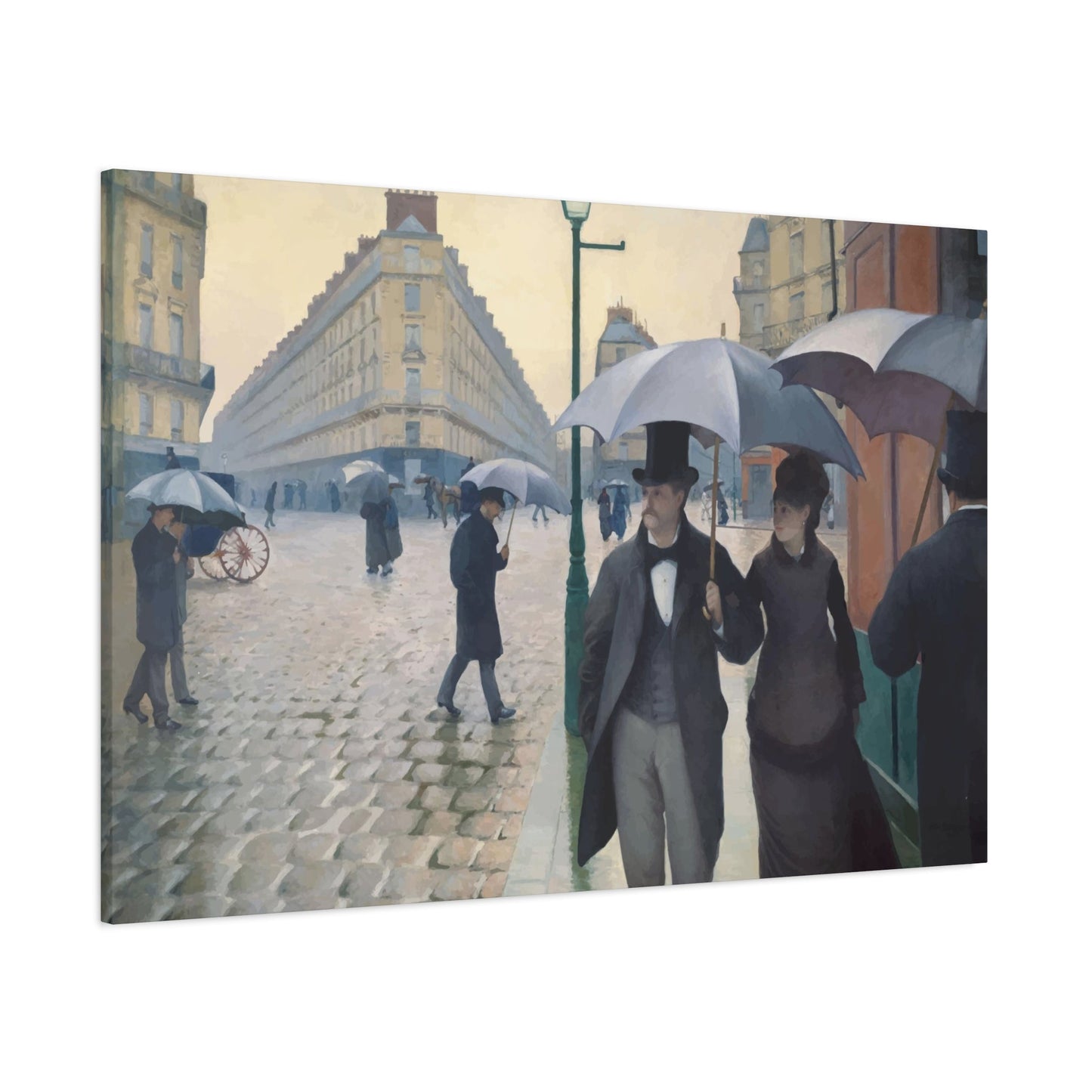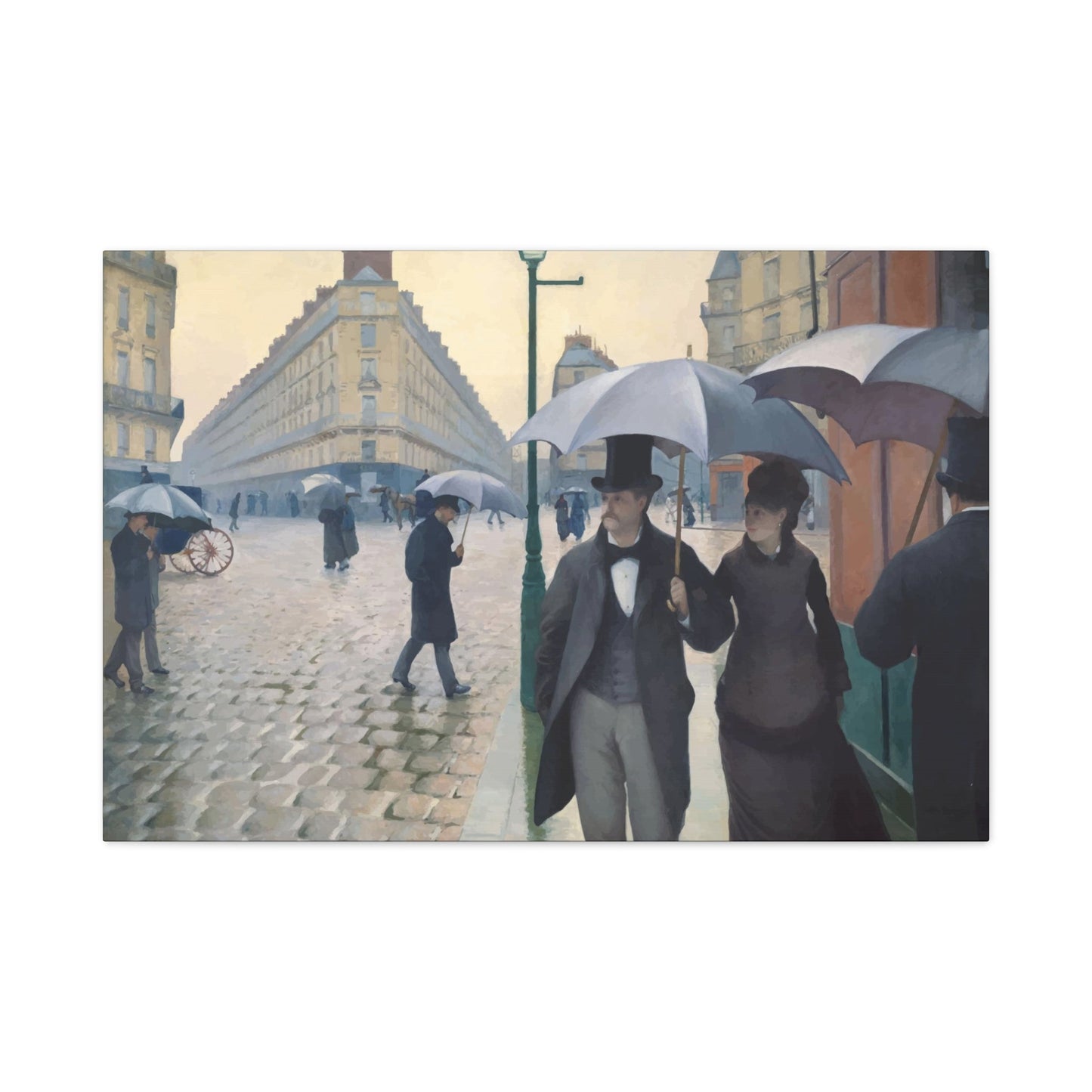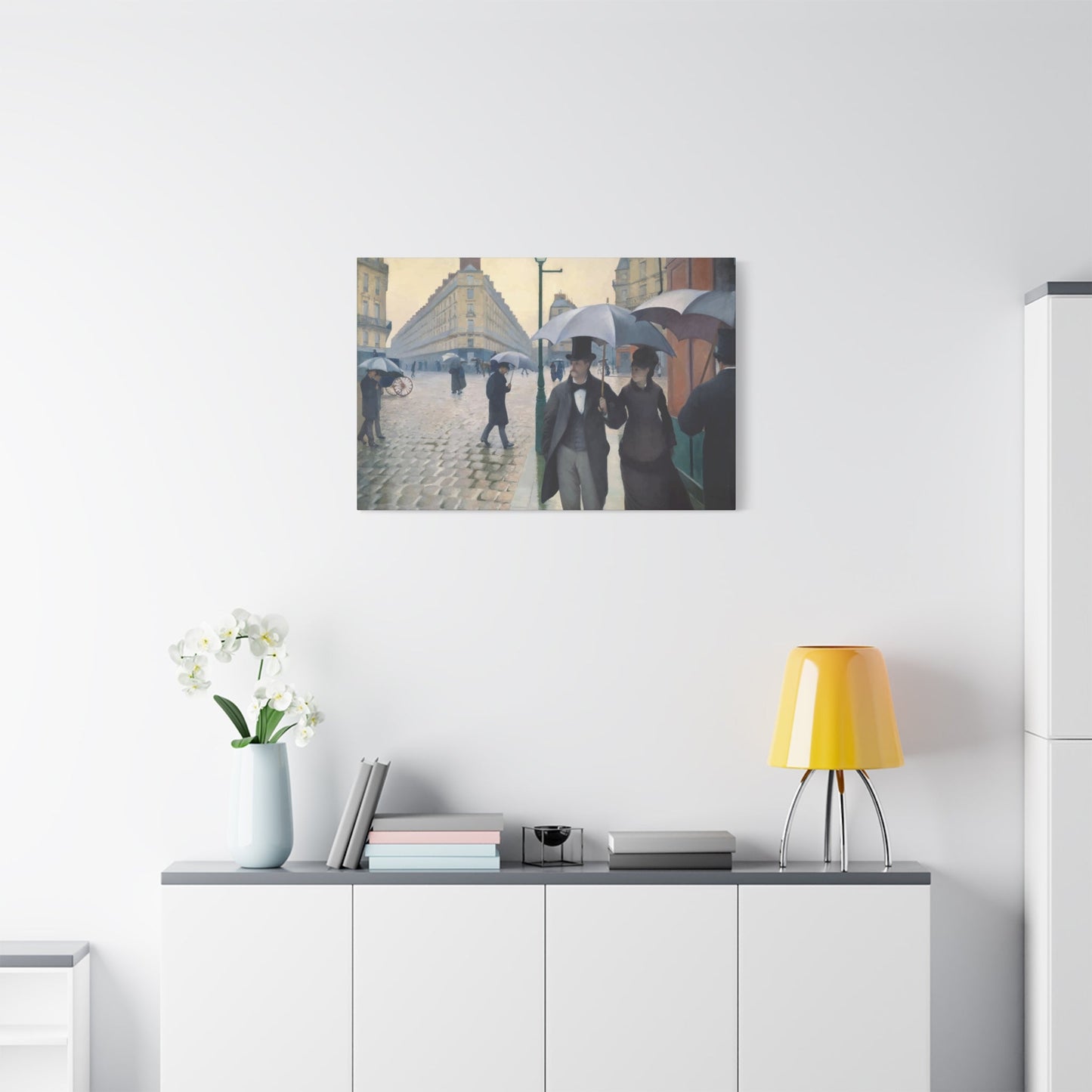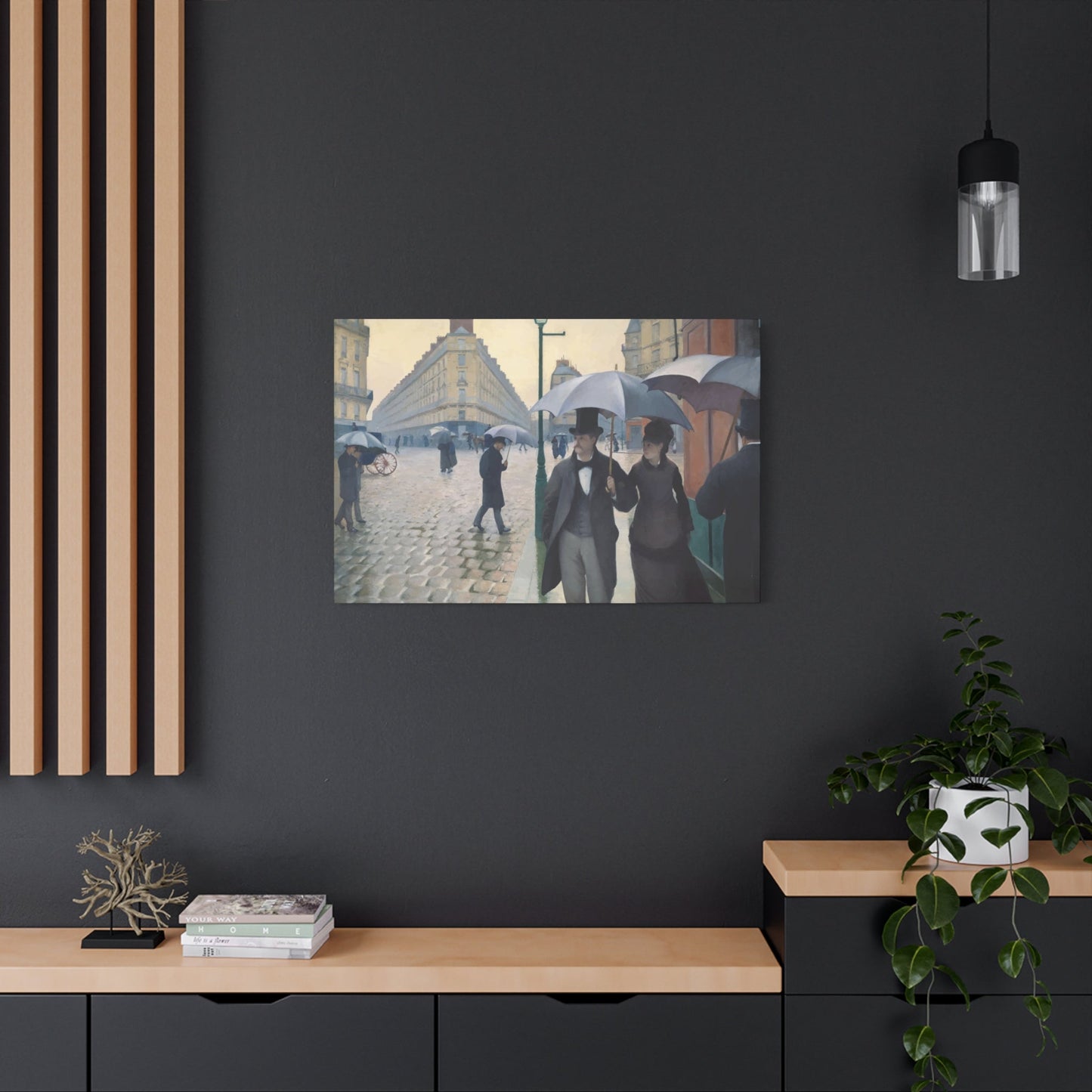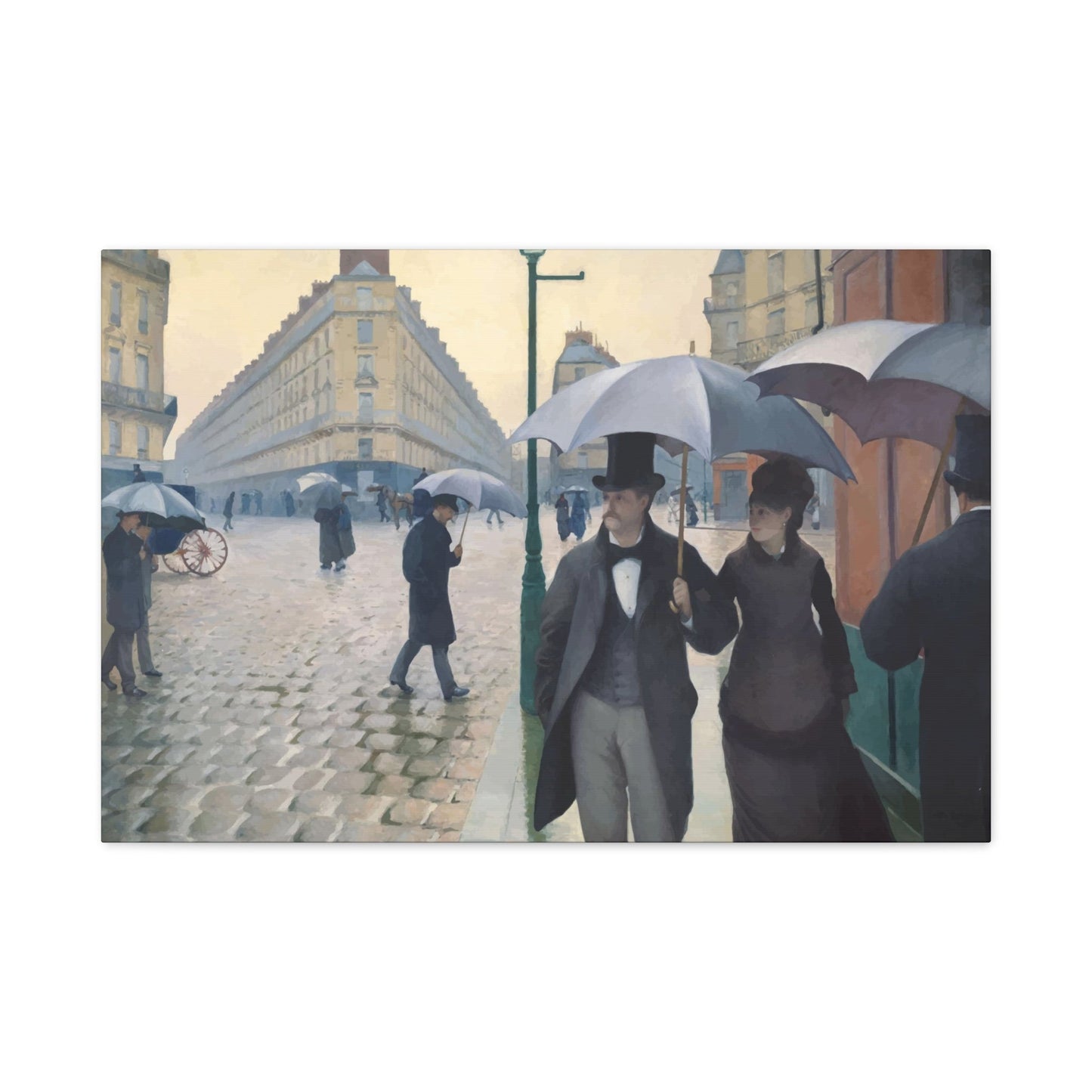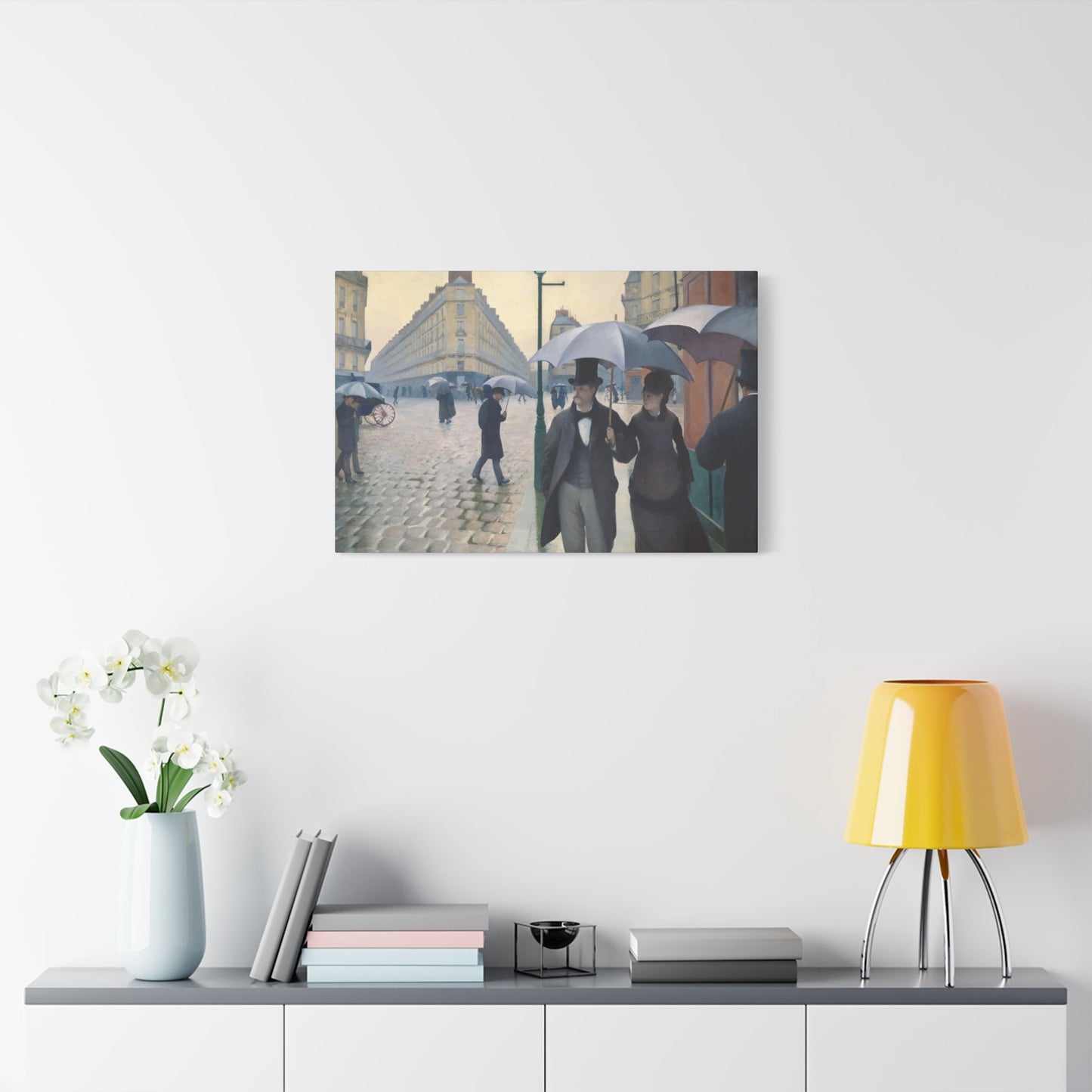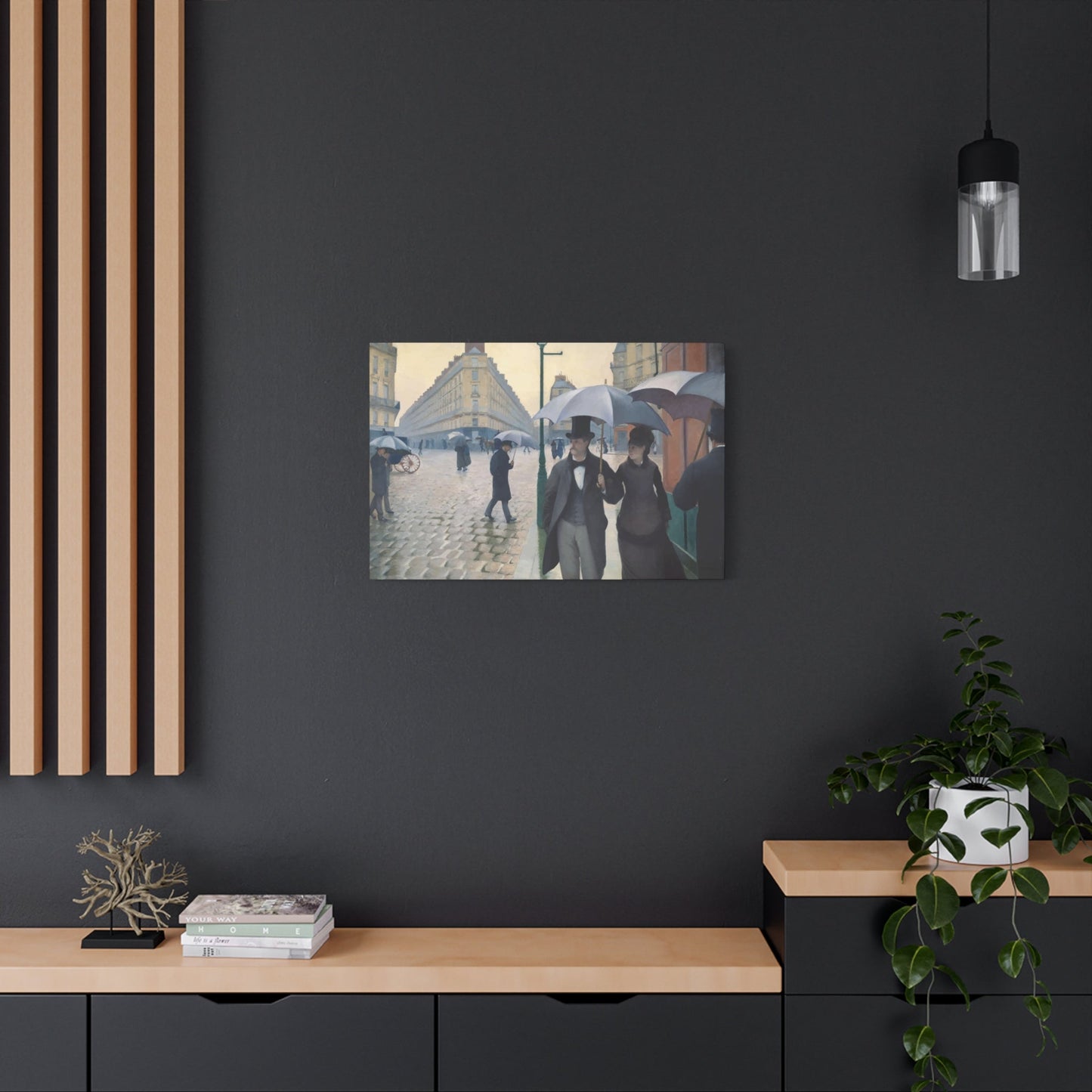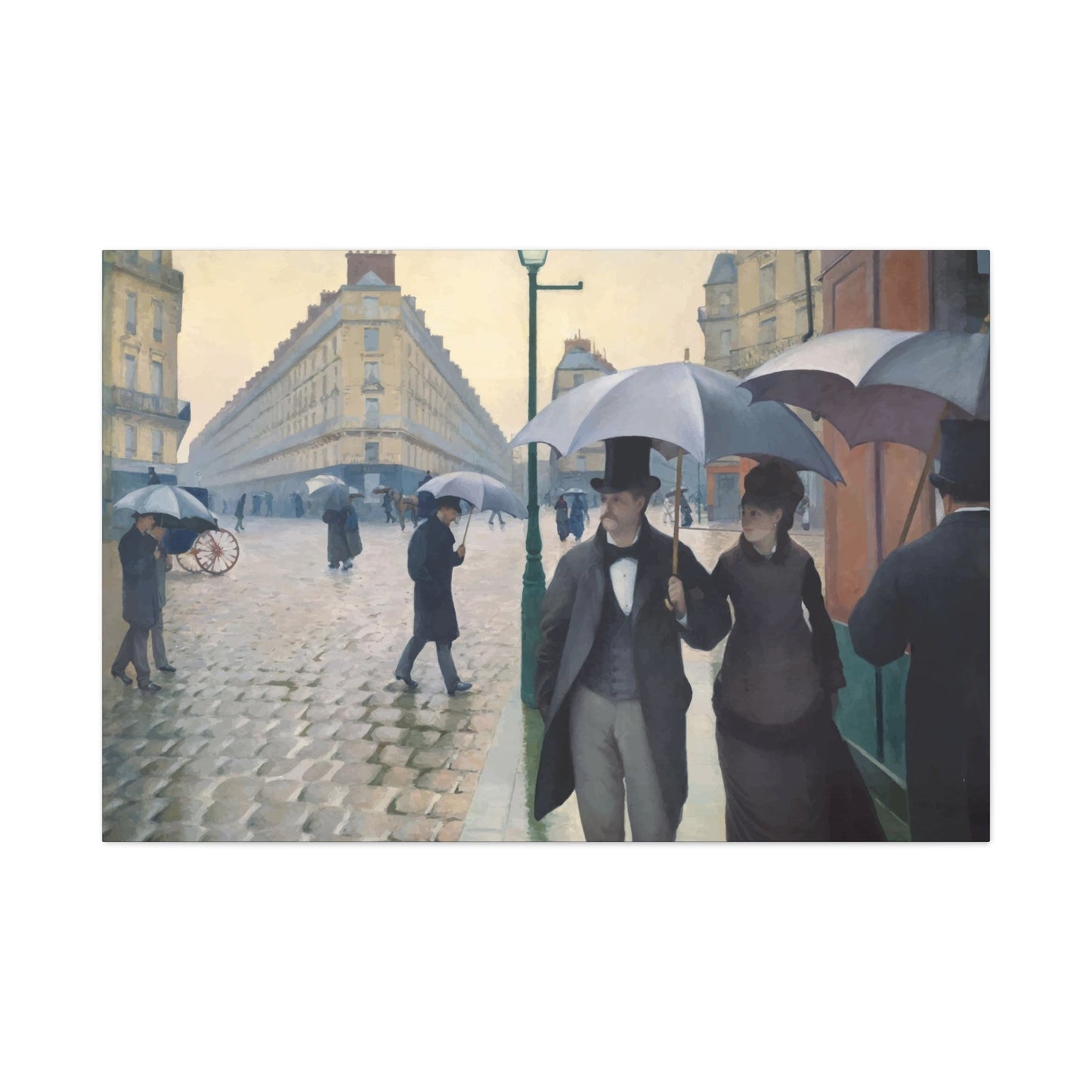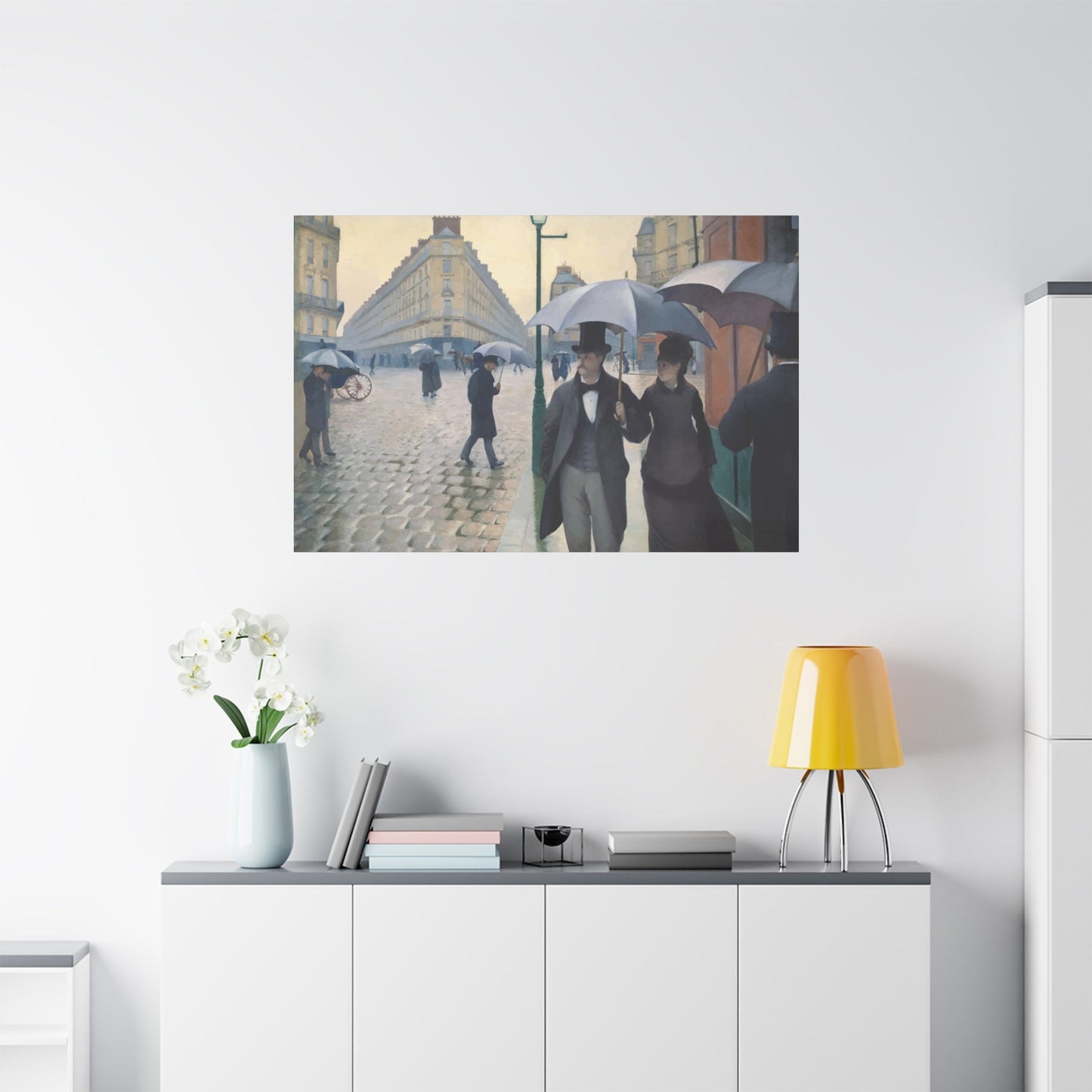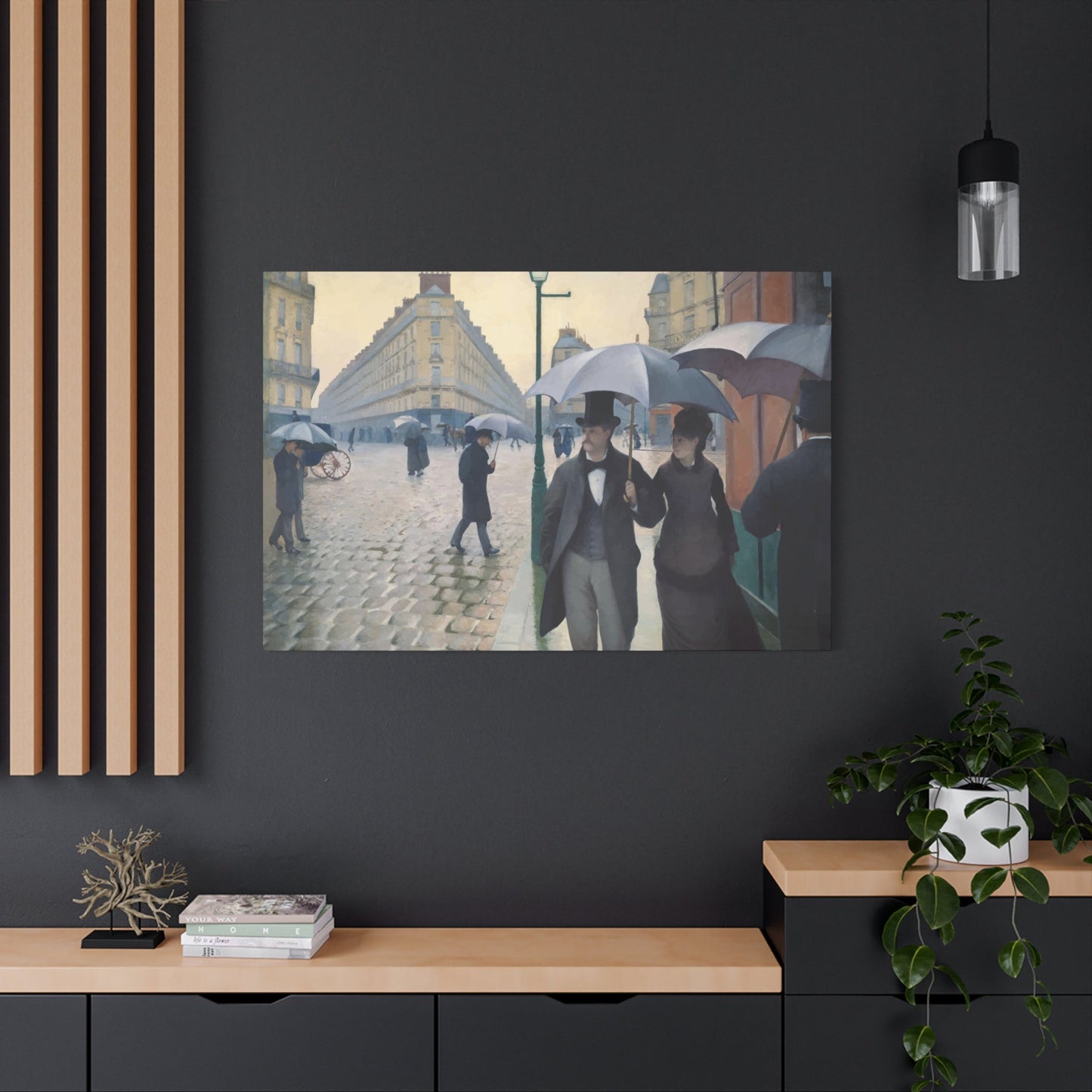Nature as Narrative: Storytelling Through Gustave’s Wall Art
The world of artistic expression has been profoundly influenced by masters whose work continues to captivate audiences centuries after their creation. Among these influential figures stands Gustave, whose distinctive approach to visual storytelling through wall art has left an indelible mark on both historical and contemporary artistic landscapes. This comprehensive exploration delves into the multifaceted aspects of Gustave's artistic legacy, examining how his nature-inspired creations continue to transform living environments and influence modern artistic movements.
Gustave's artistic journey represents more than mere aesthetic achievement; it embodies a philosophical approach to capturing the essence of natural beauty and translating it into powerful visual narratives that resonate with viewers across generations. His work demonstrates an unprecedented ability to bridge the gap between realistic representation and abstract interpretation, creating pieces that speak to both the intellectual and emotional aspects of human experience.
The significance of Gustave's contributions to wall art extends far beyond traditional artistic boundaries. His innovative techniques and unique perspective have established new standards for how we perceive and interact with visual art in our daily environments. Through careful study of his methodologies and artistic principles, we can gain valuable insights into the transformative power of thoughtfully curated visual elements in both residential and commercial settings.
This extensive examination will explore thirteen distinct aspects of Gustave's artistic legacy, providing detailed insights into various elements that make his wall art so compelling and enduringly popular. From his nature-inspired compositions to his influence on contemporary artists, each section offers a thorough analysis of different facets of his work, supported by practical applications and real-world examples that demonstrate the continuing relevance of his artistic vision.
Nature-Inspired Wall Art by Gustave
Gustave's approach to nature-inspired wall art represents a revolutionary departure from conventional landscape painting, establishing a new paradigm for how natural elements can be interpreted and presented in visual form. His work demonstrates an extraordinary sensitivity to the subtle nuances of natural phenomena, capturing not merely the visual appearance of landscapes but the underlying emotional and spiritual qualities that make nature so compelling to human consciousness.
The artist's methodology involved extensive observation of natural environments, spending countless hours studying the interplay of light, shadow, color, and texture in various outdoor settings. This dedication to understanding nature's complexities allowed him to develop a unique visual language that could effectively communicate the essence of natural beauty through carefully composed wall art pieces. His paintings often feature dynamic compositions that seem to capture nature in motion, whether depicting the gentle swaying of grass in a breeze or the powerful surge of ocean waves against rocky shores.
One of the most striking aspects of Gustave's nature-inspired work is his ability to convey the changing moods and atmospheres of different natural environments. His forest scenes, for instance, might range from mysterious and shadowy compositions that evoke the deep, quiet solitude of ancient woodlands to bright, cheerful depictions of sunlit clearings filled with dancing light and vibrant colors. This versatility allows his wall art to complement a wide variety of room atmospheres and personal preferences.
The technical execution of Gustave's nature-inspired pieces demonstrates masterful control over color theory and composition principles. His understanding of how different hues interact with one another enables him to create harmonious palettes that reflect the natural color relationships found in various environments. Whether working with the cool blues and greens of aquatic scenes or the warm oranges and reds of autumn landscapes, his color choices consistently enhance the overall emotional impact of each piece.
Gustave's treatment of texture in his nature-inspired wall art adds another layer of depth and authenticity to his work. Through careful manipulation of paint application techniques, he creates surfaces that seem to invite tactile exploration, even though they remain purely visual experiences. The bark of trees appears rough and weathered, water surfaces seem to shimmer and flow, and flower petals look soft and delicate. This attention to textural detail contributes significantly to the immersive quality of his nature-inspired compositions.
The compositional strategies employed in Gustave's nature-inspired wall art often incorporate elements of both classical and innovative design principles. He frequently uses traditional techniques such as the rule of thirds and leading lines to guide viewers' eyes through his compositions, while simultaneously introducing unexpected elements that challenge conventional expectations. This balance between familiar and surprising elements keeps his work engaging and prevents it from becoming predictable or formulaic.
Environmental themes play a crucial role in Gustave's nature-inspired wall art, reflecting his deep appreciation for the natural world and his concern for its preservation. Many of his pieces celebrate the pristine beauty of untouched landscapes, serving as both artistic achievements and subtle reminders of the importance of environmental conservation. This dual purpose adds meaningful depth to his work, making it relevant not only as decorative art but also as social commentary.
The seasonal variations in Gustave's nature-inspired wall art provide viewers with opportunities to connect with natural cycles and rhythms throughout the year. His spring compositions might feature delicate blossoms and fresh green foliage, while his winter scenes capture the stark beauty of snow-covered landscapes and bare tree branches. This seasonal diversity allows collectors to rotate pieces according to the time of year, creating dynamic and ever-changing visual environments in their homes.
Gustave's understanding of natural lighting conditions significantly influences the effectiveness of his nature-inspired wall art. He carefully considers how different times of day and weather conditions affect the appearance of natural environments, incorporating these variations into his compositions to create pieces that seem to glow with their own internal light. This mastery of light effects makes his wall art particularly effective in various lighting conditions, ensuring that pieces remain visually compelling regardless of the ambient lighting in a room.
The scale and proportion relationships in Gustave's nature-inspired wall art demonstrate his sophisticated understanding of how different elements within a composition can be balanced to create harmonious and visually satisfying results. He skillfully manages the relationship between foreground, middle ground, and background elements, creating convincing spatial depth that draws viewers into his painted environments. This three-dimensional quality makes his wall art particularly effective at expanding the perceived boundaries of room environments.
Abstract versus Realistic Elements in Gustave's Work
The tension and harmony between abstract and realistic elements in Gustave's wall art represents one of the most fascinating aspects of his artistic approach, demonstrating his ability to navigate between different modes of visual expression while maintaining a coherent artistic voice. This sophisticated balance allows his work to appeal to viewers with diverse aesthetic preferences and creates pieces that reward both casual observation and detailed study.
Gustave's realistic elements typically serve as anchor points within his compositions, providing familiar reference points that help viewers orient themselves within the painted environment. These realistic components might include recognizable natural forms such as trees, mountains, or bodies of water, rendered with sufficient detail and accuracy to be immediately identifiable. However, rather than pursuing photographic realism, Gustave selectively emphasizes certain realistic aspects while allowing others to dissolve into more abstract treatments.
The abstract elements in Gustave's wall art often emerge from his interpretation of atmospheric effects, emotional responses to natural phenomena, and his desire to convey experiences that transcend literal representation. These abstract qualities might manifest as areas of loosely defined color and form that suggest rather than explicitly depict specific natural elements. This approach allows viewers to engage their imagination and personal interpretation, creating a more participatory and individually meaningful viewing experience.
The integration of abstract and realistic elements in Gustave's work demonstrates his understanding of how different levels of visual information can work together to create more complex and engaging compositions. Areas of high realistic detail might be balanced by sections of abstract treatment, preventing his pieces from becoming overly busy or visually overwhelming. This strategic variation in detail levels guides viewers' attention and creates natural resting points within each composition.
Color usage represents another area where Gustave successfully merges abstract and realistic approaches. While his color choices often reference realistic natural phenomena, he frequently pushes these hues beyond their naturalistic limits to achieve greater emotional impact and visual interest. A sunset might feature more intense oranges and purples than would typically occur in nature, or a forest scene might incorporate subtle color variations that enhance the mood while remaining believable within the context of the composition.
Texture application in Gustave's wall art provides another avenue for exploring the relationship between abstract and realistic representation. Realistic textures might be rendered with careful attention to surface qualities and light interaction, while abstract textural areas might emphasize the physical properties of the paint medium itself. This contrast creates visual interest and prevents his work from becoming too uniform in its technical approach.
The compositional structure of Gustave's pieces often employs realistic spatial relationships as a foundation while introducing abstract elements that challenge conventional perspective and proportion. This approach allows him to maintain the convincing illusion of three-dimensional environments while incorporating expressive distortions that enhance the emotional content of his work. The result is wall art that feels both familiar and surprising, accessible yet sophisticated.
Brushwork technique represents a crucial area where Gustave demonstrates his mastery of both abstract and realistic approaches. In areas requiring realistic detail, his brushwork might be precisely controlled and carefully blended to achieve smooth, naturalistic effects. In contrast, abstract sections might feature bold, expressive brushstrokes that celebrate the physical act of painting and add dynamic energy to the composition.
The symbolic content in Gustave's wall art often operates through the interplay between abstract and realistic elements. Realistic forms might serve as vehicles for symbolic meaning, while abstract elements provide emotional context and interpretive flexibility. This layered approach to meaning-making ensures that his work remains engaging over time, as viewers discover new relationships and interpretations with repeated viewing.
Edge treatment represents another technical aspect where Gustave skillfully balances abstract and realistic approaches. Sharp, clearly defined edges might be used to emphasize important realistic elements, while soft, dissolved edges can create atmospheric effects and abstract transitions between different areas of a composition. This variation in edge quality adds visual rhythm and prevents his work from appearing flat or monotonous.
The relationship between positive and negative areas in Gustave's compositions demonstrates his understanding of how abstract and realistic elements can work together to create balanced and visually satisfying results. Realistic elements might be surrounded by abstract atmospheric effects, or abstract color areas might be punctuated by realistic details that provide focus and clarity.
Light and shadow treatment in Gustave's wall art showcases his ability to use both realistic lighting principles and abstract light effects to enhance his compositions. While maintaining believable light sources and shadow patterns, he often introduces abstract light qualities that transcend natural limitations, creating pieces that seem to generate their own illumination and emotional atmosphere.
Decorating with Gustave's Art
Successfully incorporating Gustave's wall art into various environments requires careful consideration of multiple factors, including room function, existing decor elements, lighting conditions, and the specific qualities of individual pieces. His work's versatility and sophisticated aesthetic qualities make it suitable for a wide range of decorative applications, from intimate residential settings to large-scale commercial installations.
The selection process for Gustave's wall art should begin with careful analysis of the intended environment's existing color palette, architectural features, and functional requirements. His pieces work particularly well in rooms where natural elements and organic forms complement the existing design aesthetic. The warm, earthy tones common in many of his works can provide excellent coordination with wood furnishings, natural fiber textiles, and stone or ceramic decorative elements.
Scale considerations play a crucial role in successfully decorating with Gustave's wall art. Large-scale pieces can serve as dramatic focal points in spacious rooms, while smaller works might be more appropriate for intimate settings or grouped arrangements. The proportional relationship between the artwork and surrounding furniture should be carefully balanced to avoid overwhelming smaller pieces or leaving large artworks looking isolated and disconnected from their environment.
Placement strategies for Gustave's wall art should take into account viewing angles, lighting conditions, and traffic patterns within each room. Pieces positioned at eye level typically provide the most comfortable viewing experience, though specific hanging heights might need adjustment based on furniture arrangements and room usage patterns. High-traffic areas benefit from more durable framing and mounting solutions, while private viewing areas allow for more delicate presentation approaches.
Lighting design represents a critical factor in maximizing the visual impact of Gustave's wall art. His sophisticated use of color and texture responds particularly well to carefully controlled illumination that enhances rather than overwhelms the painted surfaces. Natural daylight often provides the most accurate color representation, though artificial lighting systems can be designed to complement specific pieces and create dramatic evening presentation effects.
Grouping strategies for multiple pieces of Gustave's wall art require consideration of thematic relationships, color harmonies, and compositional balance. Related pieces might be arranged in gallery-style groupings that create visual conversations between individual works, while diverse pieces can be distributed throughout a room to provide visual continuity and thematic unity. The spacing between grouped pieces should allow each work adequate visual breathing room while maintaining overall cohesion.
Integration with existing furniture and decorative elements requires careful attention to style compatibility and functional relationships. Gustave's wall art often works well above seating areas, where it can provide visual interest without interfering with practical activities. Console tables, bookshelves, and other horizontal surfaces can be coordinated with wall-mounted pieces to create unified decorative vignettes that enhance both functional and aesthetic aspects of room design.
Color coordination strategies should consider both the dominant hues in Gustave's pieces and the subtle color relationships that might not be immediately apparent. His sophisticated color usage often includes undertones and secondary hues that can be echoed in textile choices, decorative accessories, and even paint selections for surrounding wall areas. This attention to color harmony helps integrate his artwork seamlessly into existing decorative schemes.
Seasonal decoration approaches can take advantage of the natural themes common in Gustave's work by rotating pieces according to weather patterns and holiday seasons. His landscape scenes might be particularly appropriate during specific times of year, while his more abstract pieces provide year-round visual interest. This rotation strategy helps maintain freshness and prevents visual fatigue from long-term exposure to the same pieces.
Room function considerations should influence both piece selection and placement strategies. Dining areas might benefit from Gustave's more contemplative pieces that encourage relaxation and conversation, while active work areas might be better served by energizing compositions that provide visual stimulation without distraction. Bedroom environments often work well with his more peaceful and harmonious pieces that support rest and relaxation.
Maintenance and preservation considerations should be incorporated into decorating decisions from the planning stage. Gustave's wall art requires protection from direct sunlight, extreme temperature variations, and high humidity levels. Rooms with these challenging conditions might require special mounting systems, protective glazing, or environmental control measures to ensure long-term preservation of the artwork.
Budget planning for decorating with Gustave's wall art should include not only the cost of the pieces themselves but also framing, mounting, lighting, and any necessary room modifications. High-quality presentation materials and professional installation services often represent worthwhile investments that protect and enhance the value of original artworks. Phased acquisition strategies can spread costs over time while allowing for careful consideration of each purchasing decision.
Professional consultation services can provide valuable guidance for complex decorating projects involving Gustave's wall art. Art consultants, curators, and specialized decorators bring expertise in artwork selection, placement, and integration that can help avoid costly mistakes and ensure optimal results. Their knowledge of market conditions and availability can also help identify the best opportunities for acquiring specific pieces.
Gustave's Impact on Modern Wall Art
The influence of Gustave's artistic innovations continues to resonate throughout contemporary wall art movements, establishing principles and approaches that have fundamentally shaped how modern artists conceptualize and execute their work. His contributions extend beyond specific techniques or stylistic choices to encompass broader philosophical approaches to the relationship between art and environment, the role of nature in artistic expression, and the potential for visual art to create meaningful emotional connections with viewers.
Modern landscape painters frequently reference Gustave's innovative approaches to color temperature and atmospheric perspective, incorporating his discoveries about how subtle color variations can convey complex emotional and environmental information. His understanding of how warm and cool hues interact to create spatial depth and temporal atmosphere has become standard knowledge in contemporary art education, though few artists achieve his level of sophistication in applying these principles.
The integration of abstract and representational elements that characterizes much of Gustave's work has inspired numerous contemporary artists to explore similar hybrid approaches. Modern wall art often demonstrates his influence through pieces that maintain recognizable natural forms while incorporating expressive distortions, symbolic color usage, and compositional innovations that transcend purely realistic representation. This balanced approach allows contemporary artists to create work that speaks to both traditionalist and progressive aesthetic sensibilities.
Contemporary environmental art movements draw significant inspiration from Gustave's deep appreciation for natural phenomena and his ability to convey environmental messages through visual means. Modern artists working with ecological themes often reference his techniques for capturing the essence of natural processes and his sensitivity to the relationships between different environmental elements. His work provides a historical foundation for contemporary environmental advocacy through artistic expression.
The commercial wall art industry has been profoundly influenced by Gustave's understanding of how color, composition, and subject matter can be tailored to specific environmental and psychological needs. Modern reprodution techniques allow his aesthetic principles to reach broader audiences through high-quality prints, digital reproductions, and interpretive works that apply his compositional strategies to contemporary subjects. This democratization of his artistic approach has expanded his influence far beyond traditional fine art circles.
Educational institutions teaching visual arts continue to reference Gustave's work as exemplary demonstrations of fundamental artistic principles. His pieces serve as case studies for understanding color theory, composition, brushwork technique, and the integration of technical skill with expressive content. Modern art students often create studies based on his work to develop their own understanding of how these various elements work together to create compelling visual experiences.
Digital art and graphic design fields have adopted many of Gustave's compositional principles and color relationships, adapting his understanding of visual harmony to new media and applications. His influence can be seen in everything from website design to digital marketing materials, where his principles of balance, color interaction, and emotional communication continue to prove effective in contemporary contexts.
The therapeutic art movement has found significant inspiration in Gustave's ability to create visually calming and emotionally supportive environments through his wall art. Modern art therapy practitioners often reference his work when helping clients understand how visual elements can be used to influence mood and emotional well-being. His pieces frequently serve as examples of how art can create healing and restorative experiences for viewers.
Interior design trends continue to reflect Gustave's influence through the widespread adoption of nature-inspired themes, organic color palettes, and composition strategies that create harmonious relationships between artwork and architectural environments. Modern designers often reference his work when creating cohesive visual environments that support both functional and aesthetic goals. His understanding of how art can enhance rather than compete with architectural features remains relevant in contemporary design practice.
Contemporary art criticism and curation practices frequently reference Gustave's work as a benchmark for evaluating how successfully modern artists integrate technical skill with meaningful content. His pieces continue to serve as examples of how artistic innovation can be achieved while maintaining accessibility and broad appeal. This balance between sophistication and popular acceptance provides a model for contemporary artists seeking to create commercially viable work that maintains artistic integrity.
The sustainable art movement draws inspiration from Gustave's environmental themes and his demonstration of how artistic practice can promote greater awareness of natural beauty and environmental preservation. Modern artists working with recycled materials, sustainable practices, and environmental advocacy often reference his work as historical precedent for using art as a vehicle for promoting ecological consciousness.
Art market trends continue to reflect Gustave's influence through sustained demand for nature-inspired wall art, balanced abstract-realistic compositions, and pieces that demonstrate sophisticated color usage and emotional depth. Contemporary collectors often seek works that demonstrate qualities similar to those found in Gustave's pieces, creating market conditions that reward artists who successfully incorporate his aesthetic principles into their own original work.
International art movements have embraced Gustave's approaches to cultural interpretation of natural phenomena, using his work as a model for how artists can maintain distinctive cultural perspectives while addressing universal human experiences with nature and environment. His influence can be traced through contemporary artists working in diverse cultural contexts who apply his principles to local natural environments and cultural traditions.
Large Canvas Prints by Gustave
The availability of large canvas prints featuring Gustave's masterworks has revolutionized access to his artistic vision, allowing broader audiences to experience the visual impact and emotional depth of his wall art in their own environments. These reproduction technologies have advanced significantly in recent years, enabling the creation of high-quality prints that capture much of the color accuracy, textural qualities, and overall aesthetic impact of original paintings.
Modern printing technologies employed for large canvas reproductions of Gustave's work utilize advanced color management systems and high-resolution imaging to ensure accurate representation of his original pieces. Giclée printing processes, utilizing pigment-based inks and archival-quality canvas materials, can produce prints that maintain color stability and visual fidelity for decades under proper display conditions. These technical advances make it possible for collectors to enjoy museum-quality reproductions at a fraction of the cost of original artworks.
Scale considerations for large canvas prints require careful evaluation of intended display environments and viewing distances. Gustave's compositions often work particularly well in larger formats, where viewers can appreciate the subtle details and complex color relationships that might be lost in smaller reproductions. However, room proportions, ceiling heights, and furniture arrangements must be considered to ensure that oversized prints enhance rather than overwhelm their intended environments.
The selection process for large canvas prints should prioritize pieces that demonstrate Gustave's most effective use of color, composition, and emotional content. His landscape works often translate particularly well to large formats, where the expansive natural vistas can create immersive viewing experiences that transport viewers into painted environments. Abstract elements in his work can gain additional impact when presented at larger scales, allowing viewers to appreciate subtle textural qualities and brushwork characteristics.
Quality assessment for large canvas prints involves evaluation of color accuracy, print resolution, canvas texture, and overall craftsmanship. High-quality reproductions should demonstrate smooth color gradations without visible banding or pixelation, accurate color representation that matches known examples of original works, and canvas textures that complement rather than interfere with the printed image. Professional mounting and stretching services ensure proper tension and longevity for large format prints.
Framing options for large canvas prints of Gustave's work range from traditional approaches that complement his classical influences to contemporary solutions that emphasize clean, minimal presentation. Gallery-style frames can provide protection while maintaining focus on the artwork itself, while floating mount systems create dramatic shadow effects that enhance the three-dimensional presence of canvas prints. The choice of framing approach should complement both the specific piece and its intended environment.
Installation considerations for large canvas prints require attention to wall construction, mounting hardware, and environmental factors. Heavy pieces need adequate structural support, while valuable reproductions benefit from security systems and environmental protection measures. Professional installation services can ensure proper mounting and optimize placement for both safety and visual impact. Lighting design should be coordinated with installation planning to achieve optimal presentation results.
Maintenance requirements for large canvas prints include regular dusting, protection from direct sunlight, and monitoring of environmental conditions. Canvas materials can expand and contract with temperature and humidity changes, potentially affecting print quality and mounting stability over time. Proper maintenance schedules and environmental controls help preserve print quality and extend the useful life of large format reproductions.
Cost considerations for large canvas prints encompass not only the printing costs but also framing, mounting, and installation expenses. While large format prints represent significant investments, they often provide excellent value compared to original artworks while offering similar visual impact and decorative benefits. Budget planning should include ongoing maintenance costs and potential replacement needs over the expected lifespan of the prints.
Customization options for large canvas prints allow buyers to optimize reproductions for specific applications and preferences. Print sizes can often be adjusted within reasonable limits to fit particular wall dimensions or design requirements. Color adjustments might be possible to coordinate with existing room color schemes, though such modifications should be approached carefully to maintain the integrity of Gustave's original color relationships.
Authentication and provenance documentation for large canvas prints should include information about the source images, printing processes, and authorization for reproduction rights. Reputable publishers provide certificates of authenticity and detailed information about print runs, materials, and quality control procedures. This documentation protects buyers' investments and provides valuable information for insurance and resale purposes.
Market availability for large canvas prints of Gustave's work varies depending on copyright restrictions, publisher relationships, and demand patterns. Limited edition prints often provide better investment potential and exclusivity, while unlimited reproductions offer broader accessibility and lower costs. Collectors should research market conditions and publisher reputations before making significant investments in large format reproductions.
Display strategies for large canvas prints should consider viewing angles, lighting conditions, and relationship to surrounding decor elements. These substantial pieces often work best as focal points in room designs, with other decorative elements chosen to complement rather than compete with the artwork. Successful integration requires careful planning of furniture arrangements, color schemes, and lighting systems to create cohesive and visually satisfying environments.
Emotional Depth in Gustave's Paintings
The emotional resonance of Gustave's wall art represents one of his most significant artistic achievements, demonstrating his profound understanding of how visual elements can be orchestrated to evoke specific psychological responses and create meaningful connections between artwork and viewer. His ability to infuse painted surfaces with genuine emotional content transcends mere technical skill, revealing an intuitive grasp of human psychology and the ways in which visual stimuli can influence mood, memory, and spiritual experience.
Color psychology plays a fundamental role in the emotional impact of Gustave's paintings, with his sophisticated understanding of how different hues affect human consciousness allowing him to create pieces that consistently evoke intended emotional responses. His warm color palettes often generate feelings of comfort, security, and optimism, while his cooler compositions might evoke contemplation, tranquility, or melancholy. The subtle modulation of color temperature throughout individual pieces creates emotional journeys that unfold as viewers explore different areas of each composition.
Compositional strategies contribute significantly to the emotional depth of Gustave's work through his masterful manipulation of visual weight, movement, and focal emphasis. His understanding of how different compositional elements can guide viewer attention and emotional response allows him to create pieces that tell complex emotional stories without relying on literal narrative content. The rhythm and flow of compositional elements can create feelings of harmony and resolution or tension and anticipation, depending on his artistic intentions.
Symbolic content in Gustave's paintings operates on multiple levels, incorporating both universal symbols that speak to shared human experiences and more personal symbolic references that reward careful study and interpretation. Natural elements such as water, trees, and sky often carry symbolic meaning related to life cycles, spiritual growth, and human relationship with the environment. These symbolic layers add intellectual depth to the emotional impact of his work, creating pieces that engage both heart and mind.
The treatment of light in Gustave's work serves as a primary vehicle for emotional expression, with his understanding of how different lighting conditions affect psychological states allowing him to create specific atmospheric moods within his paintings. Golden hour lighting might evoke nostalgia and warmth, while dramatic contrast between light and shadow can create mystery and intrigue. His mastery of subtle light effects enables him to suggest emotional states that might be difficult to express through other artistic means.
Brushwork and texture contribute to emotional depth through the physical qualities of painted surfaces that can be perceived even in reproduction. Smooth, carefully blended areas might suggest calm and stability, while more vigorous brushwork can convey energy, passion, or emotional turmoil. The variety of textural treatments within individual pieces creates tactile interest that enhances emotional engagement and prevents his work from becoming monotonous or predictable.
Temporal elements in Gustave's paintings often suggest the passage of time and the cyclical nature of natural processes, creating emotional connections to universal human experiences of growth, change, and renewal. Seasonal references, weather conditions, and time-of-day indicators help viewers connect with personal memories and experiences, making his work emotionally relevant across diverse backgrounds and life experiences.
The scale relationships within Gustave's compositions contribute to emotional impact through his understanding of how proportional relationships affect psychological perception. Vast landscapes might evoke feelings of freedom and possibility, while more intimate compositions can create sense of security and containment. His ability to manipulate perceived scale through composition and perspective allows him to fine-tune the emotional impact of individual pieces.
Cultural and historical resonances in Gustave's work tap into collective emotional memories and shared cultural experiences, creating emotional connections that transcend individual personal histories. His references to pastoral traditions, romantic landscape conventions, and spiritual themes connect with deep cultural patterns that continue to influence contemporary emotional responses to natural beauty and artistic expression.
The integration of realistic and abstract elements in emotional expression allows Gustave to communicate complex feelings that might be difficult to convey through purely representational means. Abstract color areas and gestural elements can suggest emotional states that complement and enhance the psychological impact of more realistic compositional elements, creating multi-layered emotional experiences that reward extended contemplation.
Atmospheric perspective and spatial depth contribute to emotional impact through the creation of immersive environments that invite viewer participation and emotional investment. The suggestion of vast distances and atmospheric effects can evoke feelings of transcendence and spiritual elevation, while more constrained spatial arrangements might create intimacy and personal connection. His mastery of spatial illusion enables him to create emotional environments rather than mere visual representations.
The relationship between positive and negative elements in Gustave's emotional expression demonstrates his understanding of how visual balance and contrast can affect psychological response. Areas of visual rest provide emotional breathing room that prevents overwhelming viewers, while more active areas create focal points for emotional engagement. This careful orchestration of visual elements creates emotional pacing that guides viewers through complex psychological experiences.
Personal interpretation and individual response patterns ensure that Gustave's emotional content remains relevant and meaningful across diverse viewing contexts and personal backgrounds. His work provides sufficient interpretive flexibility to accommodate individual emotional needs and experiences while maintaining consistent artistic integrity. This balance between specificity and universality makes his wall art emotionally accessible to broad audiences while retaining depth and sophistication for more experienced viewers.
Framing Ideas for Gustave Wall Art
The presentation of Gustave's wall art through appropriate framing choices represents a crucial aspect of maximizing both the visual impact and long-term preservation of his work. Thoughtful frame selection can enhance the inherent qualities of individual pieces while ensuring compatibility with diverse decorative environments and personal aesthetic preferences. The relationship between artwork and frame should create a unified presentation that honors the artist's original intentions while adapting to contemporary display contexts.
Traditional framing approaches for Gustave's work often emphasize classical proportions and materials that complement his sophisticated artistic techniques and timeless subject matter. Ornate gold frames can enhance the richness of his color palettes while providing historical continuity with traditional presentation methods. However, the level of ornamentation should be carefully balanced to avoid overwhelming delicate compositions or competing with subtle artistic effects. Simplified classical frames often provide better balance for pieces with complex internal compositions.
Contemporary framing solutions offer opportunities to emphasize the modern relevance of Gustave's artistic vision while creating clean, uncluttered presentations that focus attention on the artwork itself. Minimal black or white frames can provide effective contrast with his warm color palettes while maintaining neutral compatibility with diverse decorative schemes. Floating mount systems create dramatic shadow effects that enhance the three-dimensional presence of canvas works while providing contemporary aesthetic appeal.
Material considerations for framing Gustave's wall art should prioritize both aesthetic compatibility and conservation requirements. Wood frames offer natural warmth that complements his organic subject matter, though metal frames might provide better durability and precision for certain applications. Conservation-grade materials should be used throughout the framing system to prevent chemical interactions that could damage artwork over time. Acid-free mounting boards, UV-protective glazing, and appropriate spacing systems help ensure long-term preservation.
Color coordination between frames and artwork requires careful attention to both dominant hues and subtle undertones in Gustave's pieces. Frame colors should complement rather than duplicate colors within the artwork, avoiding competition while providing harmonious visual relationships. Neutral frame colors often provide the most versatile solutions, though carefully chosen accent colors can enhance specific aspects of individual pieces. Testing frame samples against actual artworks helps ensure successful color relationships.
Scale relationships between frames and artworks influence both aesthetic impact and practical display considerations. Frame width should be proportioned to artwork size and visual weight, with larger pieces often requiring more substantial framing to maintain proper visual balance. However, overly heavy frames can overwhelm delicate compositions, while inadequate framing might fail to provide sufficient visual definition for complex works. Professional framing consultation can help determine optimal proportions for specific pieces.
Glazing options for Gustave wall art range from standard clear glass to specialized museum-quality materials that provide enhanced protection and visual clarity. UV-filtering glazing helps prevent fading and color shifts over time, while anti-reflective coatings improve viewing experiences under various lighting conditions. However, glazing choices must be balanced against cost considerations and the specific protection requirements of individual pieces. Original artworks generally justify higher-quality glazing materials than reproductions.
Matting strategies can enhance the presentation of Gustave's work while providing additional protection and visual separation between artwork and frame. Single or multiple mat layers can create depth and visual interest while accommodating different proportional relationships. Mat colors should coordinate with both artwork and frame while avoiding interference with color relationships within the pieces themselves. Conservation-grade mat materials prevent chemical damage while maintaining long-term stability.
Custom framing solutions allow optimal adaptation to specific artworks and display requirements, though they typically involve higher costs and longer completion times than standard framing options. Custom work enables precise fitting, specialized material choices, and unique design solutions that might not be available through standard framing services. For valuable original works or pieces with unusual dimensions, custom framing often represents a worthwhile investment in both presentation quality and preservation.
Installation hardware and mounting systems should be selected based on artwork weight, wall construction, and security requirements. Heavy frames require substantial wall anchors and professional installation to ensure safety and stability. Adjustable hanging systems allow for easy repositioning and leveling adjustments over time. Security considerations might require specialized mounting hardware or alarm systems for valuable pieces displayed in accessible locations.
Budget planning for framing Gustave wall art should include both initial framing costs and potential future reframing needs as tastes and display requirements change over time. Quality framing represents a significant investment that protects and enhances artwork value, though costs can be managed through careful material selection and timing. Phased framing programs allow spreading costs while ensuring that most important pieces receive priority treatment.
Professional framing services provide expertise in material selection, design coordination, and conservation practices that help ensure optimal results for valuable artworks. Experienced framers understand the relationship between different framing elements and can provide guidance on solutions that balance aesthetic, practical, and conservation requirements. Their knowledge of current materials and techniques helps ensure that framing choices will remain satisfactory over extended periods.
Display environment considerations should influence framing decisions from the planning stage, with different room conditions requiring different levels of protection and different aesthetic approaches. High-humidity environments might require specialized sealing systems, while high-traffic areas benefit from more durable materials and construction techniques. Lighting conditions affect glazing choices and frame color selection, while architectural features influence appropriate frame styles and proportions.
Seasonal Scenes in Gustave's Art
The cyclical beauty of natural seasons provided Gustave with rich source material for creating wall art that captures the distinctive atmospheric qualities and emotional resonances associated with different times of year. His seasonal compositions demonstrate sophisticated understanding of how changing weather patterns, light conditions, and natural phenomena can be translated into powerful visual experiences that connect viewers with fundamental rhythms of natural world cycles.
Spring representations in Gustave's work often emphasize themes of renewal, growth, and emerging vitality through his depiction of budding trees, flowering plants, and the soft, optimistic light characteristic of the season. His spring compositions frequently feature delicate color palettes dominated by fresh greens, soft pastels, and gentle yellows that suggest the tender quality of new growth. The atmospheric conditions typical of spring weather provide opportunities for subtle light effects and misty, ephemeral qualities that add emotional depth to these seasonal pieces.
The technical execution of Gustave's spring scenes demonstrates his mastery of suggesting texture and movement in natural elements such as young leaves trembling in gentle breezes or flower petals catching morning light. His brushwork in these pieces often displays a lightness and spontaneity that mirrors the energetic quality of spring growth, while his color applications suggest the transparency and luminosity characteristic of spring atmosphere. These technical qualities work together to create pieces that seem to embody the essence of seasonal transformation.
Summer compositions in Gustave's seasonal collection typically explore themes of abundance, maturity, and the full expression of natural vitality through rich, saturated color palettes and robust compositional structures. His summer landscapes often feature deep greens, brilliant blues, and warm earth tones that reflect the intensity and richness of the season's peak growing period. The strong, consistent light characteristic of summer provides opportunities for bold contrast effects and clearly defined forms that create dramatic visual impact.
The emotional content of Gustave's summer pieces often conveys feelings of confidence, energy, and fulfillment that correspond to the season's associations with vacation, leisure, and outdoor activities. His compositions might include references to human interaction with summer environments, such as suggestions of pathways through lush forests or clearings that invite exploration and recreation. These subtle narrative elements enhance the emotional accessibility of his seasonal works without compromising their artistic sophistication.
Conclusion
Gustave’s timeless wall art stands as a masterful tribute to nature’s enduring beauty, capturing the organic elegance of the world around us through refined visual expression. His nature-inspired works transcend mere decoration—they are windows into a deeper connection between art and the natural world. With each brushstroke, Gustave brings to life the textures, forms, and rhythms found in nature, allowing viewers to experience tranquility, balance, and a renewed appreciation for their surroundings.
What makes Gustave’s wall art truly timeless is the harmonious blend of detail and emotion. Whether depicting delicate leaves, serene landscapes, or abundant fruit, his pieces reflect a profound understanding of nature’s essence and its calming influence on interior spaces. These artworks are not bound by trends; they evoke a classic beauty that seamlessly fits into a wide range of design styles—from traditional to contemporary, minimalist to eclectic.
By incorporating Gustave’s art into your home, you create more than just a visually pleasing environment—you invite in a sense of peace, mindfulness, and artistic depth. His use of natural elements as both subject and symbol adds layers of meaning to each piece, making them both aesthetically powerful and emotionally resonant.
Ultimately, Gustave’s nature-inspired wall art offers a timeless way to elevate your home with beauty that speaks to the soul. It reminds us of the elegance found in simplicity and the inspiration drawn from the world outside our windows. Whether you’re curating a calming retreat or enhancing a sophisticated living space, Gustave’s work delivers a quiet strength and enduring charm that enriches any interior with grace and intention.













